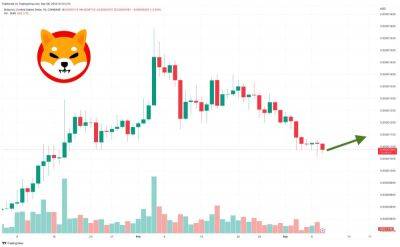Big Buddha and funeral home rights: how China is tackling its massive debt burden
I n China’s Sichuan province, Leshan city has plans to sell the operating rights to the Big Buddha, a 71-metre tall Tang dynasty stone statue, in one of a series of creative methods cash-strapped local governments are using raise money.
Having spent more than £42bn last year on Covid-prevention measures, and hit by falling tax revenues, by December 2022 local governments had accumulated 35tn yuan (£4.2tn) in debt, up from 30.5tn yuan the previous year. That means that China’s provincial debt burden is roughly 20% bigger than Germany’s total GDP. In 2022 Hegang, a city in the northern province of Heilongjiang, became the first city in China to undergo a fiscal restructuring.
Economic statistics for 2022 will be published on Tuesday. Preliminary estimates suggest growth slumped to 3%, the worst showing since 1976. The national growth target for GDP will be announced at the National People’s Congress, which starts on 5 March. The target is expected to be at least 5% – an ambition that could drive local officials to prioritise spending rather than saving.
The crackdown on the property industry also hit local government coffers. Revenue relating to land sales typically accounts for more than 30% of local government income and between 2019 and 2021 the share was about 40%. But last year land sale revenues declined by nearly one-third compared with 2021.
Local government debt is a “big headache” for the national economy, said Wenye Sun, an analyst at research firm Trivium China.
“There are real risks that more low-level governments will default on their debt obligations,” said Sun. “In the worst-case scenario this will spark a financial crisis.”
Hidden debts accumulated through local government financing vehicles, mechanisms that
Read more on theguardian.com
















